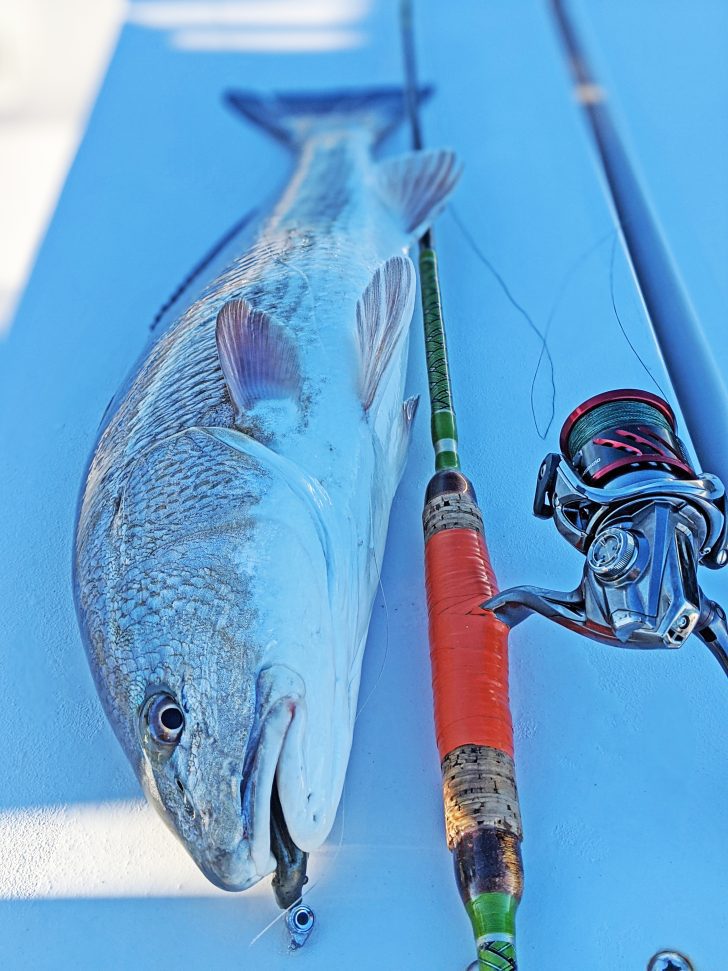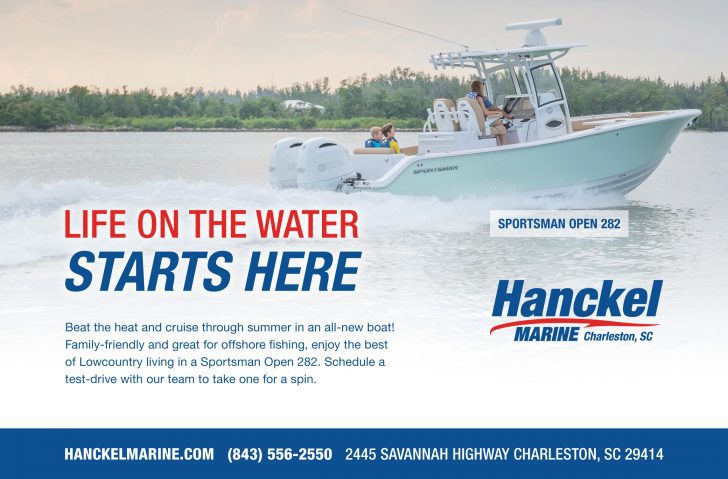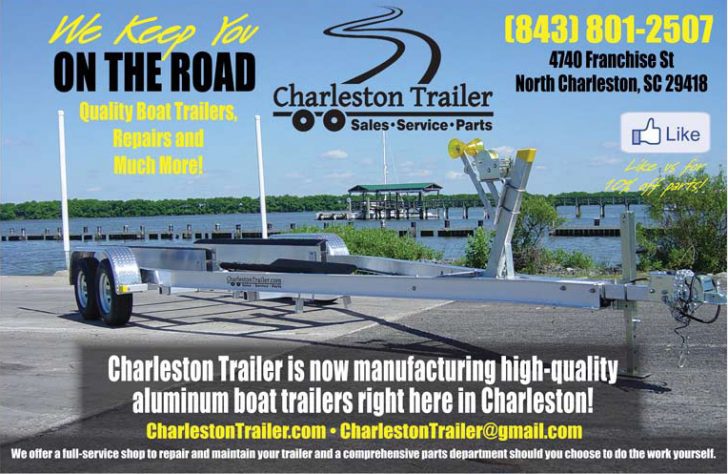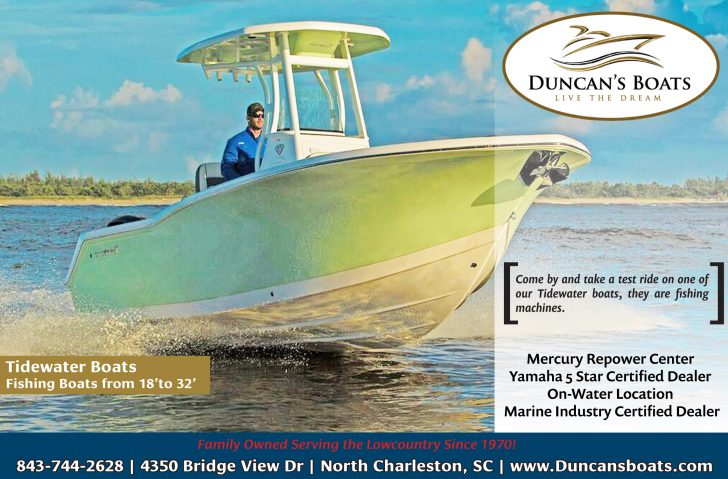When I was just out of college and living on my own, I discovered that all the home repairs that magically happened when I was a teenager now fell on me to handle.
I spent many years buying cheap tools and eventually came to realize the value of quality tools. Better to pay twice as much on a DeWalt than save money on something else.
They are well made and will last a lifetime. I still use a radial arm saw my Dad purchased in the 1960’s and its still going strong. Good tools are worth every penny!
If you’re going to target inshore fish using artificial lures, the tools you use make ALL the difference.
For example, the difference in sensitivity between a cheap fiberglass rod and a light, sensitive graphite rod is night and day. But more on that shortly.
Why does it matter? As I’ve written before, a bite on an artificial lure can sometimes be extremely subtle.
After fishing with and learning from my business partner Ralph Phillips, I eventually became convinced that “feel” is essential to being a successful artificial lure fisherman.
Especially in colder water.
Ralph has the best “feel” for a bite than anyone I have ever met or heard of, except for maybe his brother Danny.
He always says its because they grew up poor and when you have only one cricket, you have to make it count.
Many times, we would be fishing the same location, with the same equipment, same lures, and he would consistently pull the only, and if not the only, the bigger fish out of the hole.
This puzzled me for a while, but it finally occurred to me that the bigger the trout, the softer the bite.
My theory is it has more to do with their larger mouth and less likelihood of a lure contacting the mouth during the inhale and subsequent spit-out of the lure.
For this reason, I also believe that many people have had a “gator” trout strike their lure, spit it out, and they never knew it. That should haunt your dreams…
I’ve fished exclusively artificial lures now for almost 7 years, and I can tell you the one fish I am most proud of catching.
If you’re not using the right equipment and technique, then you might as well forget developing a feel
I was by myself on an overcast Fall morning, fishing a jig head and jerk shad on a submerged flat with not much happening.
I felt a very, very subtle something just as I let the lure drop and, not sure if what I felt was real, I set the hook.
A beautiful 23” spotted seatrout was the prize. Years later, I still think of that fish, and that most people (including myself a year earlier) would have never felt it.
What is “feel”, anyway? It’s something I’ve worked very hard to improve.
I used to think I just had dead hands, but now that I have achieved a pretty good feel, I think it’s the sum of experience in being able to discern and identify what is contacting your lure down to the very slightest touch.
If you’re not using the right equipment and technique, then you might as well forget developing a feel.
I’ve already discussed some of the key techniques in prior articles. Line management being number one, followed by moving the lure slowly, and casting accurately.
If you have those mastered, let’s get you outfitted so that all you need to do is practice – you should have no other excuse.
Line – My recommendation is to use any line you want, as long as it’s 10 lb Moss Green Power Pro braid.
There are a hundred braided line options out there, and maybe (probably) there are better but this line has proved time and again to be very strong, almost invisible, and most of all – reliable.
If you are not using braid, any braid, you are missing the single most important (and relatively inexpensive) component to developing a feel.
Using braided line you have almost no stretch and a very direct connection to your lure. To me, mono or fluoro line feels like fishing with a rubber band.
We often even fish our 10 lb Power Pro tied directly to the lure. In our dingy waters here in Charleston, a leader is really not needed.
It goes against the generally accepted convention, but if you could see the fish Ralph and I have caught tied direct to the lure you would become a believer.
One less knot between you and the fish doesn’t hurt either.

Rod – A good rod is a close second in the most important category. I’d probably call it a tie. You need a very light and responsive rod.
If you have ever tried a great rod, then go back to a cheap rod, you will be very disappointed.
For inshore, a medium-light action rod is our recommendation, and at a minimum a fast or extra-fast tip.
My personal preference is to use an extra-fast tip. Many trout anglers would disagree, and rightfully so, because of the soft mouth of trout.
A fast tip will have a little extra shock absorption over an extra-fast tip.
I prefer the extra-fast because I feel that it helps me be in better contact with my lure and small twitches of the rod get more directly transferred to the lure.
A short rod is also a shorter lever, and a small flick of the wrist will move a lure a shorter distance with a shorter lever
When I catch a nice fish, I’ll handle the shock absorption by a soft grip on the rod and a loose drag.
Ralph prefers a short rod, 6 ft, with ability to more accurately cast being the reason. These can be hard to find, but a 6’3” or 6’6” will suffice. Remember high school geometry?
A short rod is also a shorter lever, and a small flick of the wrist will move a lure a shorter distance with a shorter lever.
A very good rod will set you back at least $200 and can go much higher.
Head on over to Haddrell’s Point Tackle and they can set you up with a great rod. Yeah, they are expensive, but trust me they are worth it.
If you really want to kick it up a notch, use a Tennessee handle rod. Ralph has used these rods exclusively for years.
They originated by smallmouth bass fishermen, who need an excellent feel. A Tennessee handle rod has no reel seat.
It’s straight cork through the handle. You literally tape the reel to the handle. But if you think of it, how is the feel of the lure transferred to you? Through your grip.
By allowing a better contact of your hand to the rod, you can’t have a better connection than through a Tennessee handle.
These rods are usually custom made. If interested, Ralph’s son Les makes them (phillipscustomrods.com).
I own a couple, and I’m pretty sure I can feel a fish look at my lure using one.

__________________________________________________________________________
Reels – All major reel vendors make great quality reels. As far as performance, most inshore fish don’t put too much stress on a reel.
Things that I value in a reel are a smooth drag, meaning it takes very little initial pull to move the drag, and overall quality.
I want my reels to last more than a season. For size, I like anything from a 1000 to a 3000 size spinning reel.
As I’ve written before, go for the lowest retrieve ratio reel you can buy it will force you to slow down your retrieve.
I’ve tried all brands of reels, but I’ve had my most overall satisfaction with Shimano reels.
Now that you’re properly outfitted for artificial lure angling, it’s time to hone your skills and develop your feel.
I keep on working on mine, and after a long time not fishing I still need to re calibrate. One thing’s for sure though:
Next time Ralph and I get on a really subtle big trout bite, he’ll wear my sorry butt out. You can’t beat 50+ years of experience!
See you on the water!
David Fladd
Partner, Eye Strike Fishing
dfladd@eyestrikefishing.com
eyestrikefishing.com
You may also enjoy reading..






